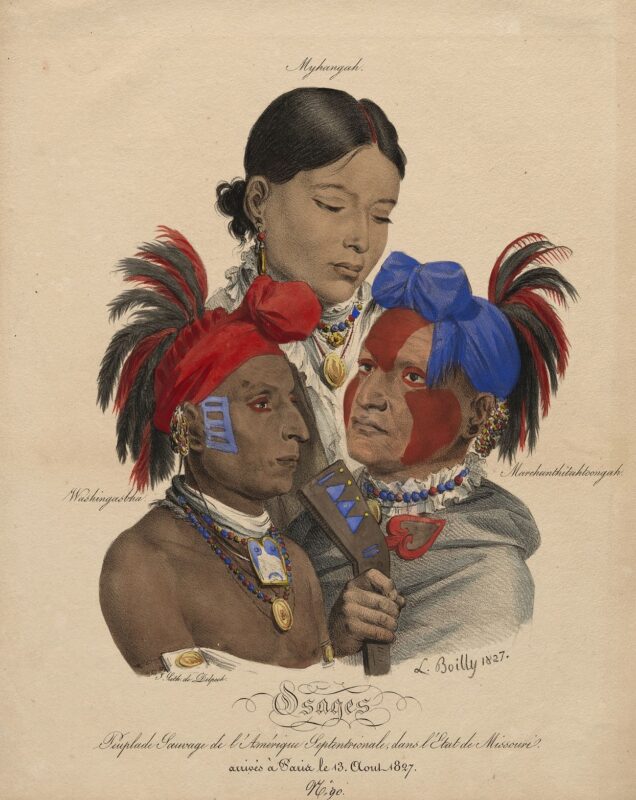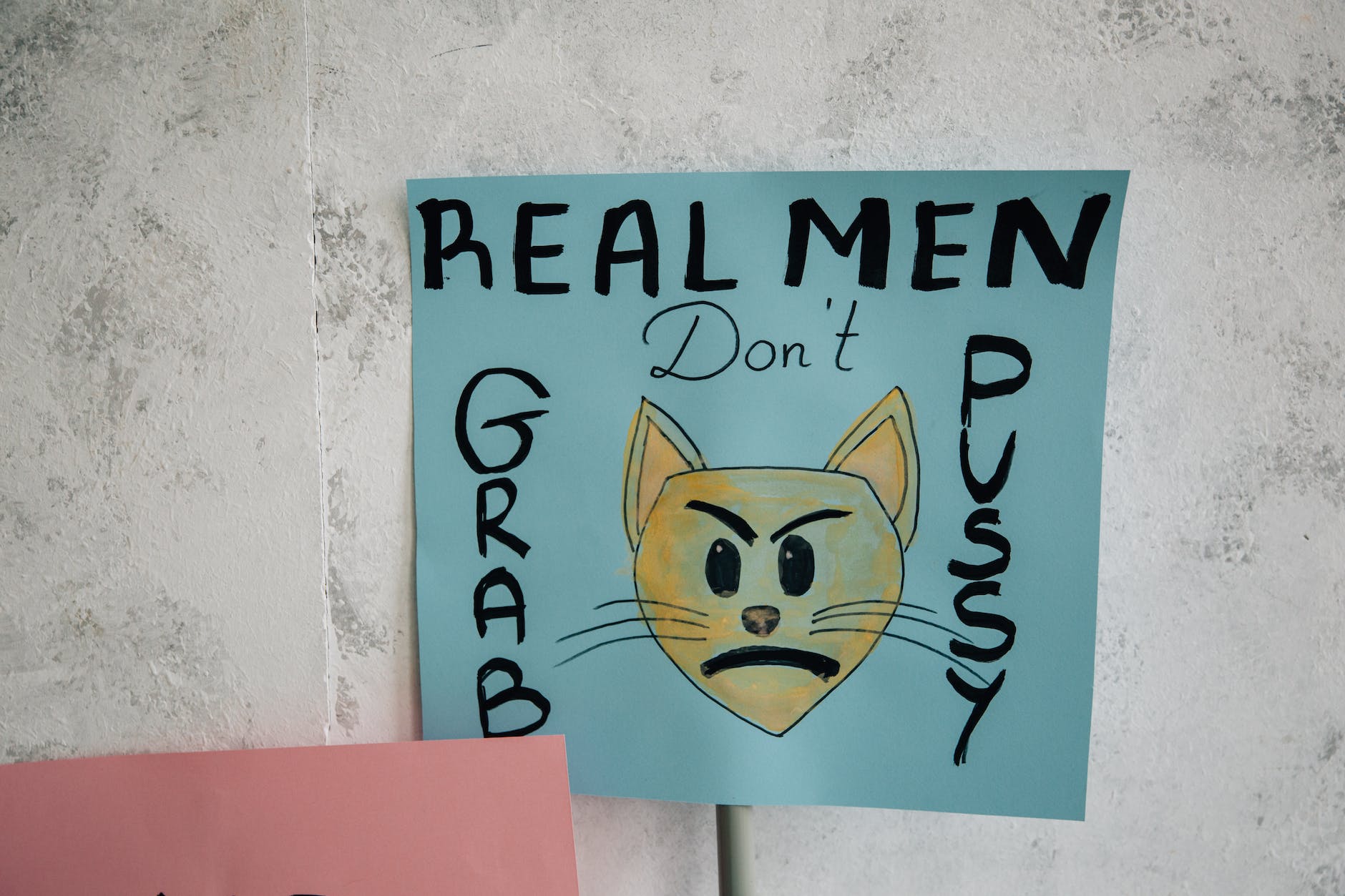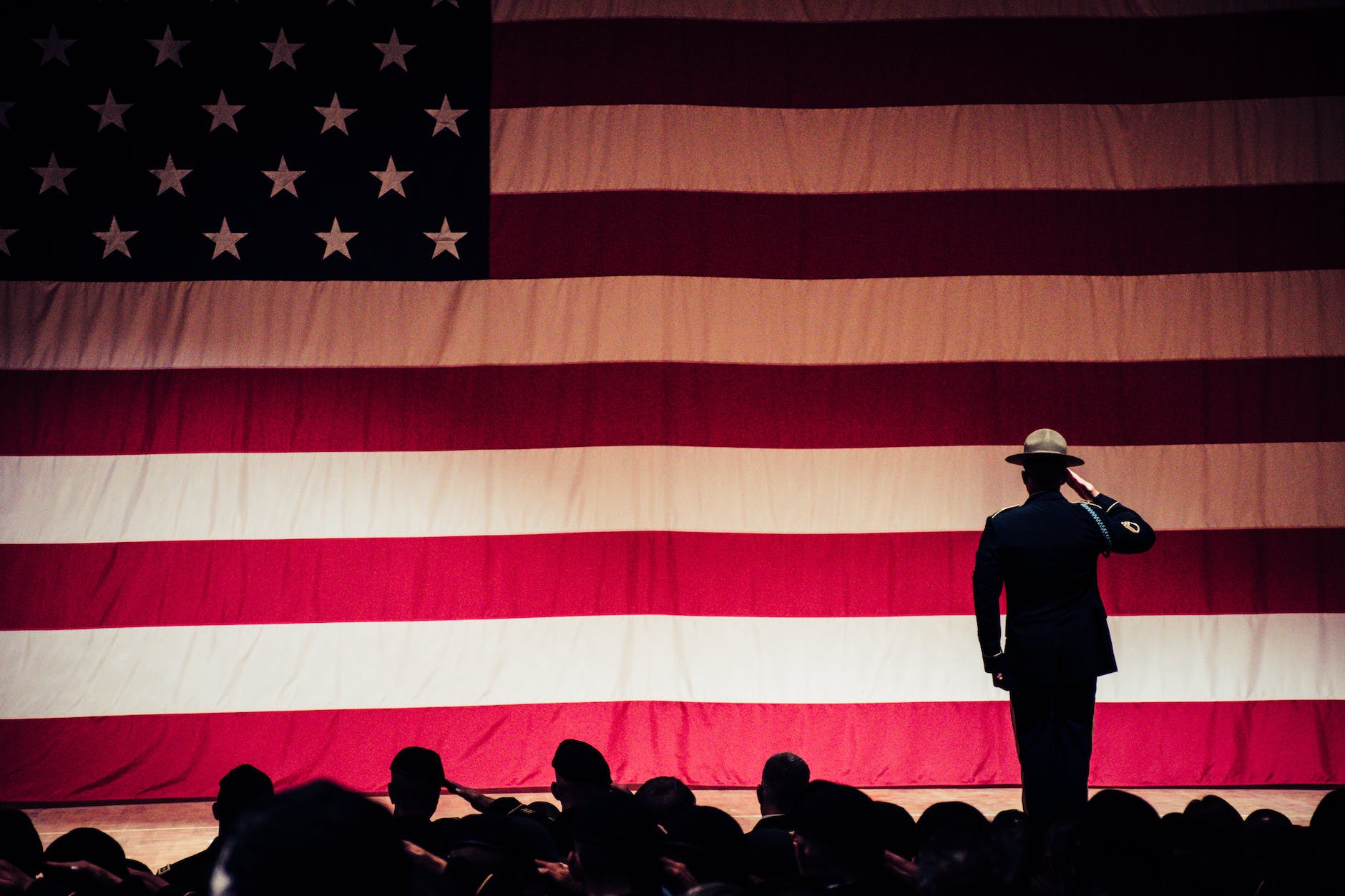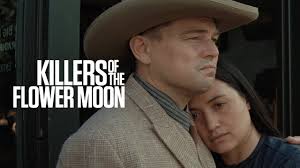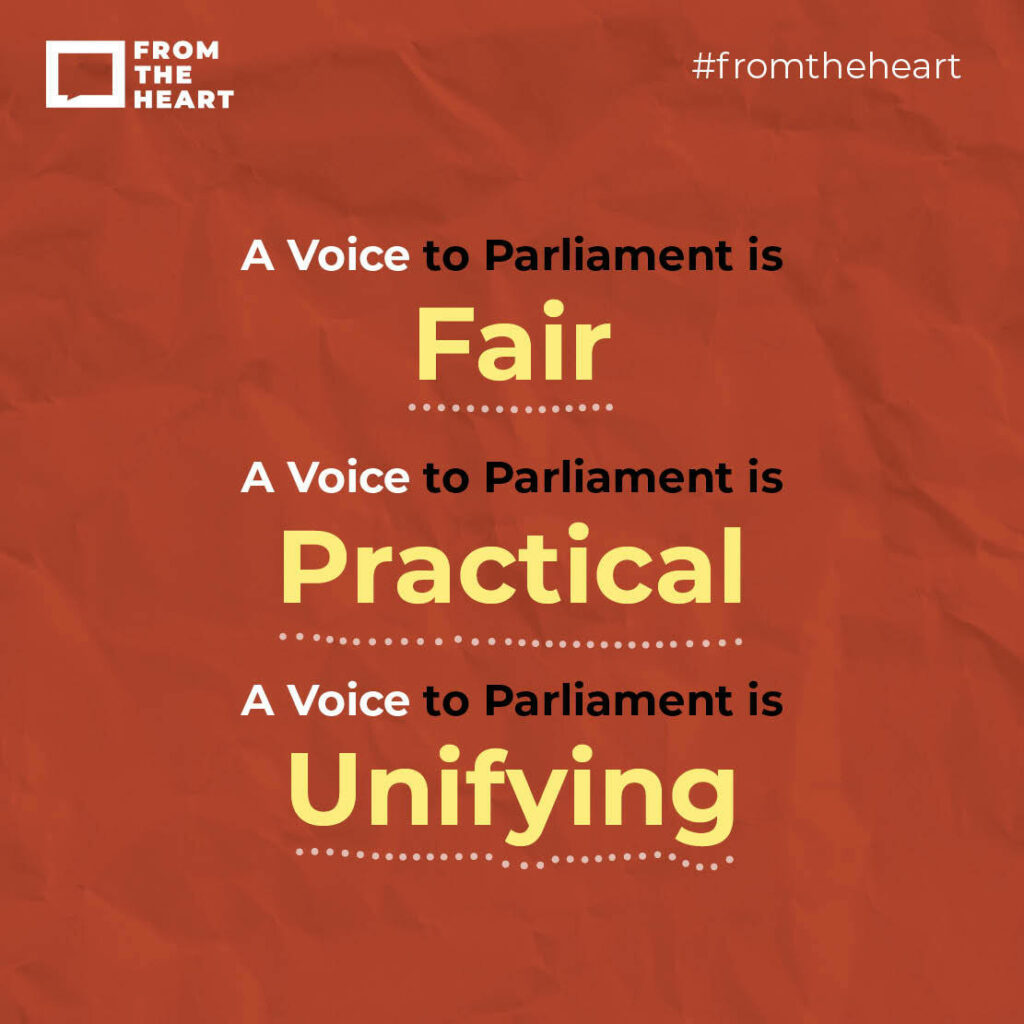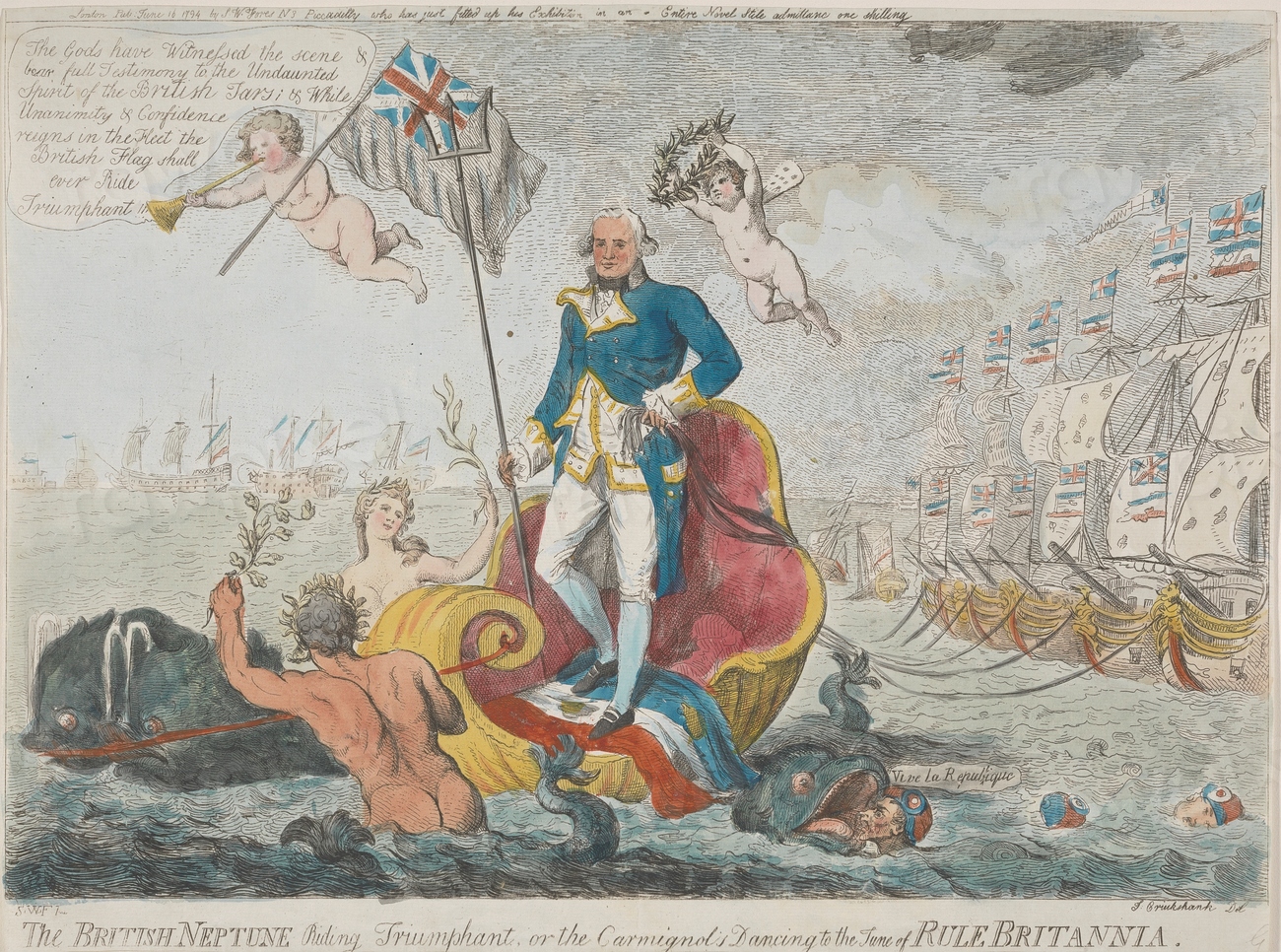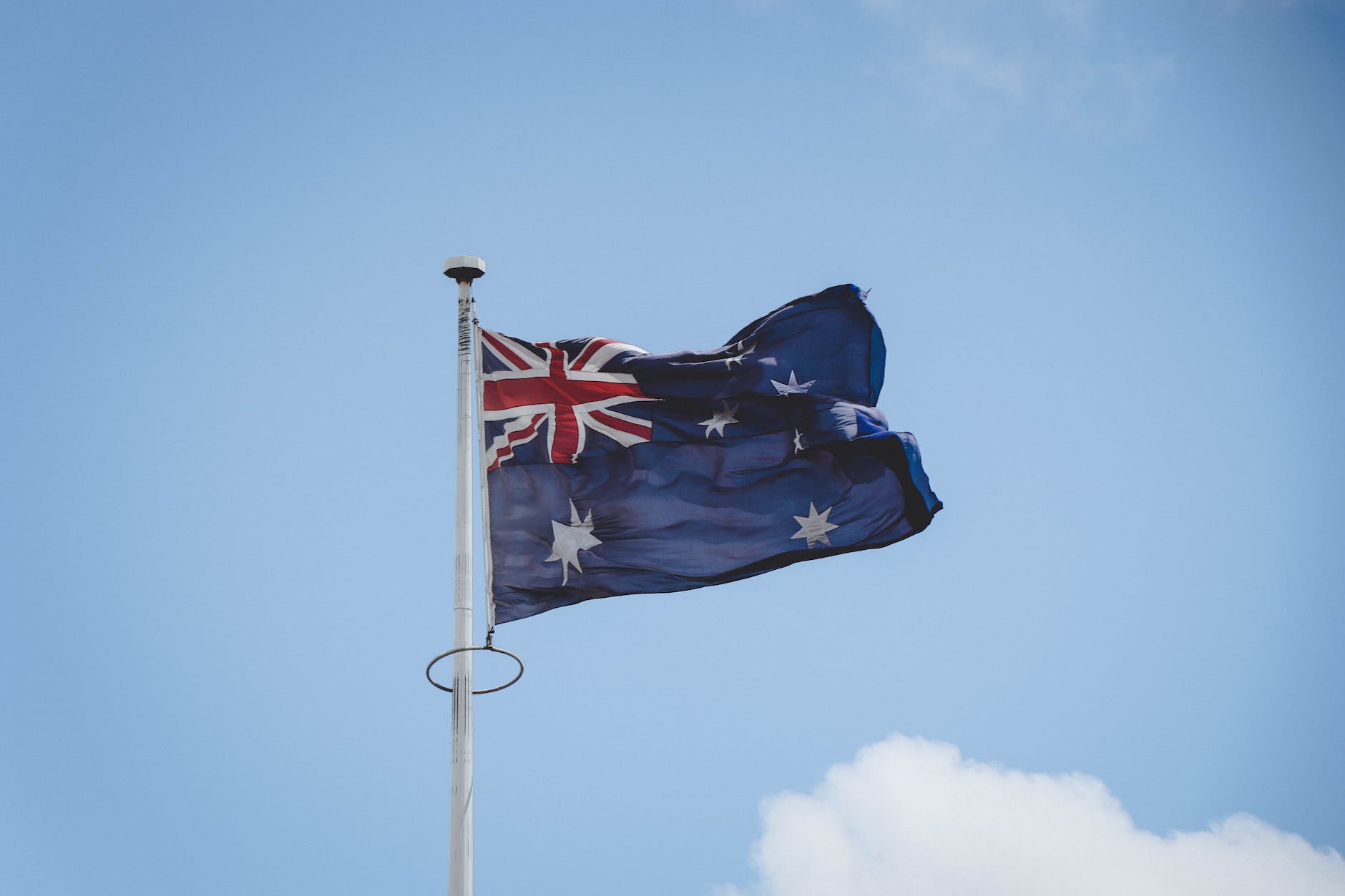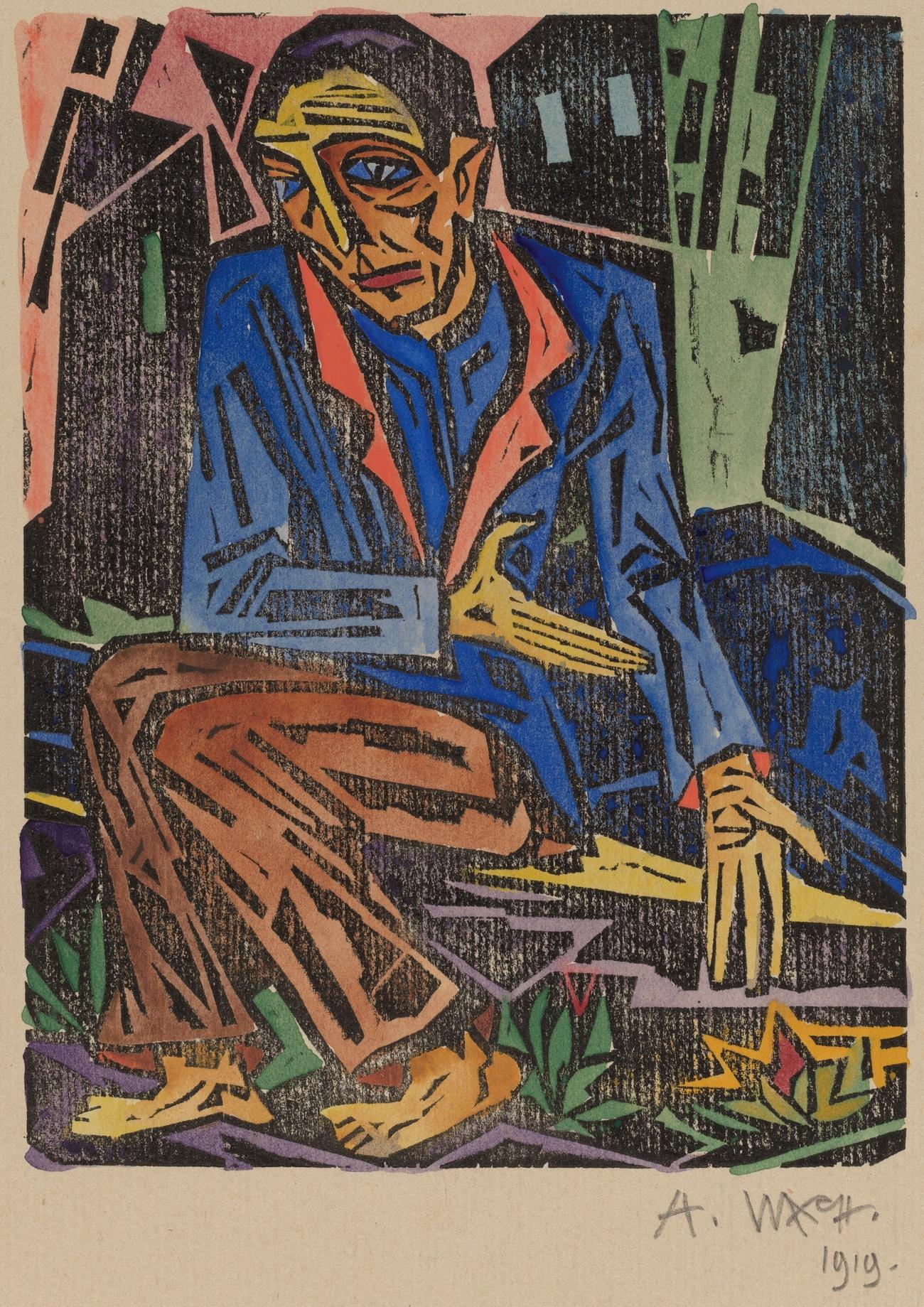
They Call It The ‘Other Slavery’
I have been reading a detailed account of the slavery of Indigenous Indians in the Americas from the 15C onwards. They call it the ‘other slavery’ because most of us are more aware of the enslavement of Africans. The slave states in the southern states of the USA have been the focus of many books and movies. What happened to the native Indians, apart from their extermination via massacres, warfare, and disease, is less well known. The Spanish Empire was the first and most heavily involved colonial European power in the Americas and the Caribbean.

American Indians & The Other Slavery
Many white people today still believe that European powers brought great things to the Indigenous people in regions around the globe. That colonialism was a force for good, rather than the exploitation for profit of these lands and their Indigenous populations. In Australia, we recently heard this from Jacinta Price, an Indigenous Conservative politician during the Voice referendum. This was the narrative repeatedly told in the classrooms and media to the citizens at home in Spain, France, Great Britain, Holland, Germany and elsewhere. Civilising savages via the dual pronged spear of technological advancement and Christianity was a gift to these backward natives, according to those in power at the time and afterwards.
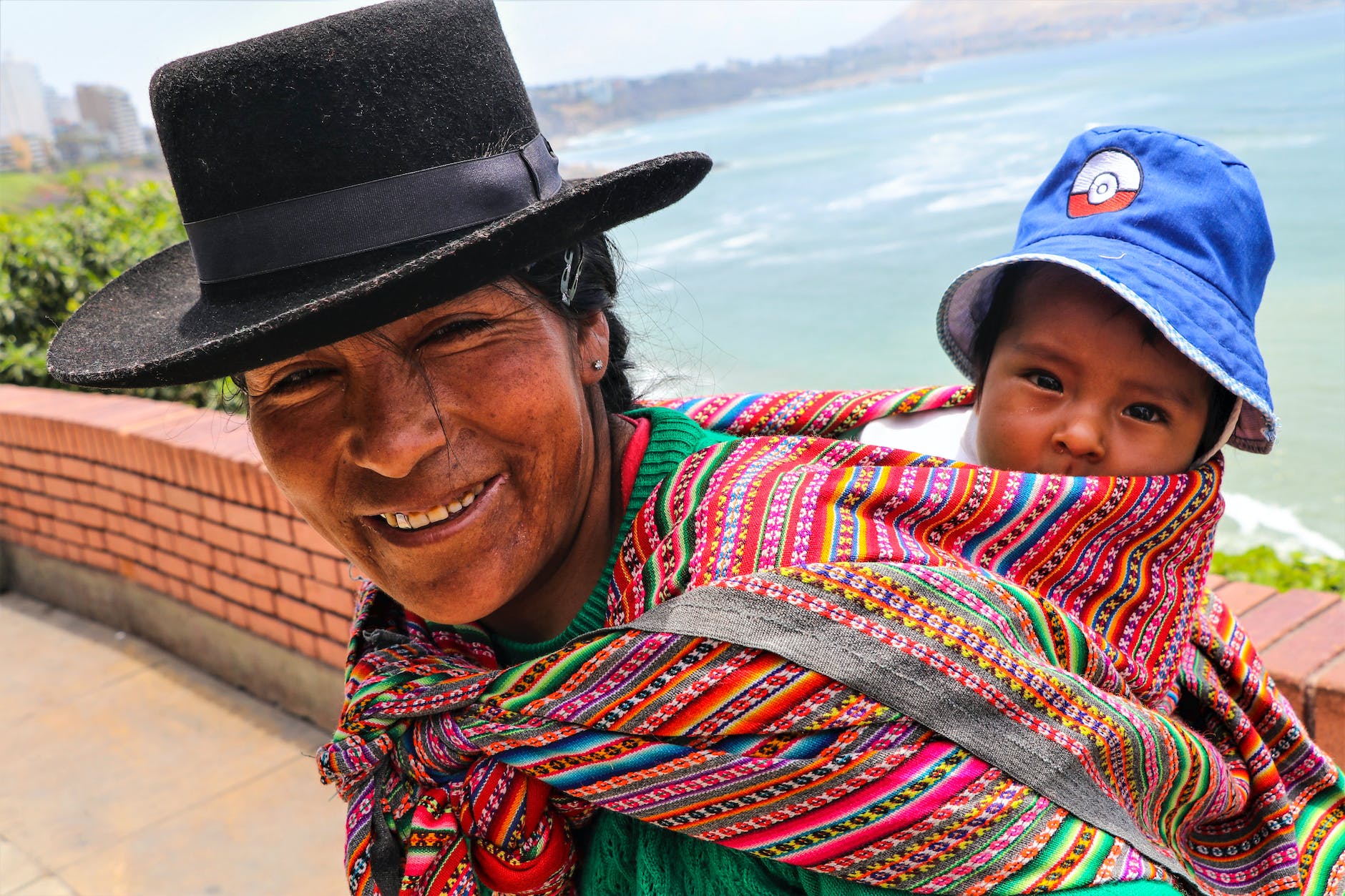
Killing Not With Kindness But With Guns, Whips, & Disease
Those expeditionary forces and new settlers into the Americas were much more familiar with the dirty and often bloody work necessary to achieve these bold aims. Europeans saw themselves as far superior and the Indians as little better than animals. Religious missionaries were often the most fanatically sure of their moral superiority in their dealings with the Indians. The other slavery was predicated on this moral superiority.
Most of these agents of Christianity viewed the spiritual beliefs of the natives with complete disdain. Looking back with hindsight, it is ironic that most Westerners today view the beliefs of Christianity as equally unlikely, ridiculous, and unscientific. Timing is a funny thing and moral superiority is never a good thing.
Enslaving The Indians To Create Generational Wealth
The Spanish in the Caribbean and the Americas enslaved millions of Indians to work in the mines, agriculture, and as servants over centuries. The Catholic Church enslaved large volumes of the Indigenous population and put them to work in their missions. The Spanish royal family at various times declared enslavement of the Indians illegal but the colonial powers in the new world settlements mostly ignored their wishes and did not enforce these laws. Millions of Indians were worked to death and died from diseases like small pox after being infected by the European invaders. The Spanish military and settlers captured and traded in enslaved Indians for hundreds of years from the 15C onwards. Christopher Colombus was a dedicated slaver funding his expeditions via sending thousands of Indigenous Indians back to Spain. The Indigenous population of the Caribbean were completely wiped out via slavery, disease, and warfare. Those residing there now are all from African descent via that slave trade.
Many wealthy families today owe their generational wealth to the enslavement and exploitation of Indigenous peoples in places like the Americas and the Caribbean.
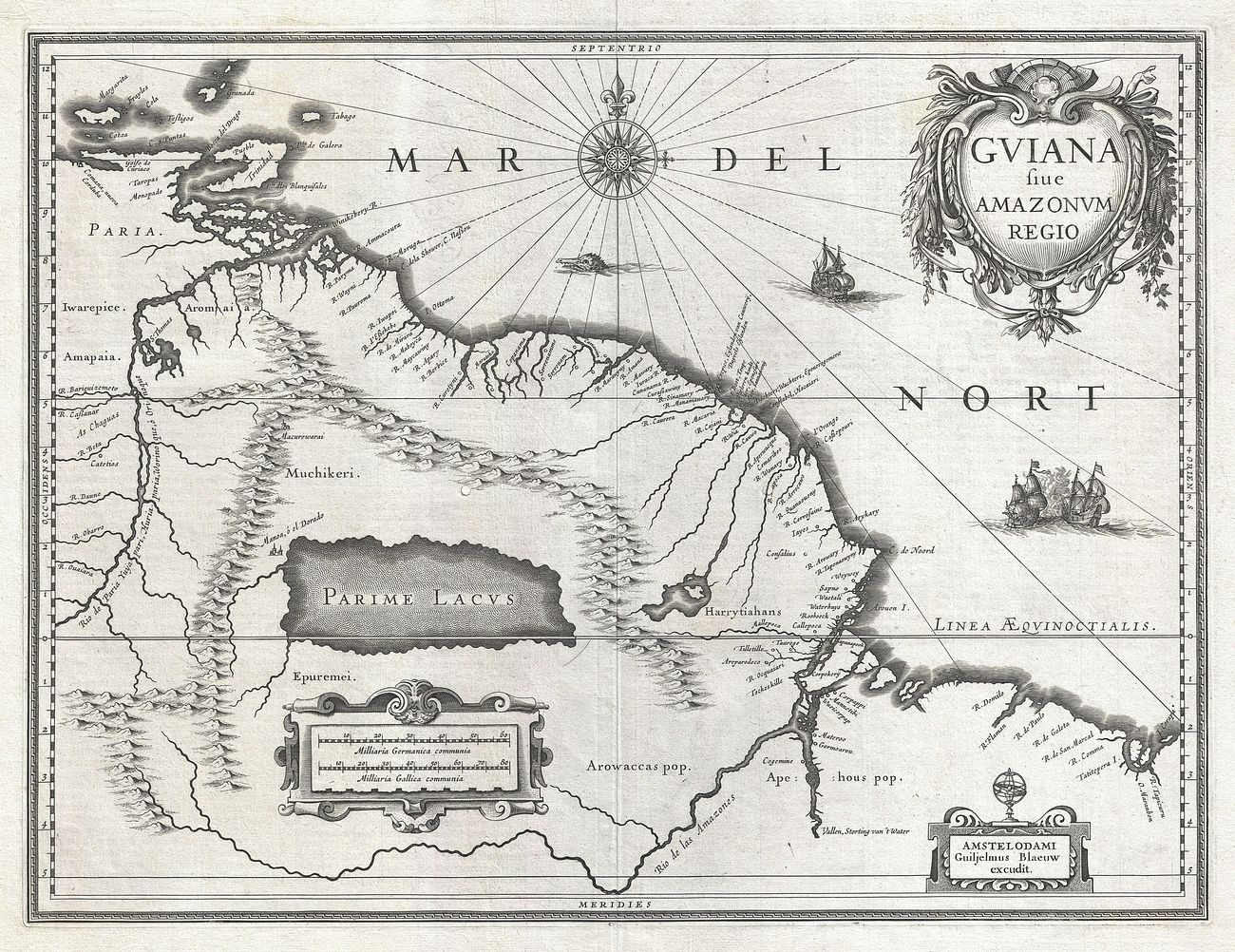
The Slave Trade Funded Colonisation Of The Americas
The more valuable Indian slaves by price were the women and children. The women had dual roles as sex slaves and producers of more slave stock via having children. Buying Indian children was preferred as these would transfer their allegiance and identity to their slave masters more easily than adult Indigenous slaves. Some Indian tribes would establish themselves as middlemen in the slave trade, as happened in Africa, with these locals making money from capturing slaves and selling them to white slave traders. There had long been an Indigenous slave trade in the Americas pre-Colombus but it went to another altogether industrial level once colonial invaders were on the scene. Many in the military made their income from selling Indian slaves, as did settlers, government officials, and the Church.
The Catholic Church always professing to be civilising and saving the souls of native Americans would have its fair share of slavers among its brethren and hierarchy.
“Slaving against Indians did begin to decline in the east in the second quarter of the eighteenth century, largely a result of Indians’ refusal to participate in large-scale slaving raids, but the trade moved westward where Apaches, Sioux, and others continued to be victimized by Comanche and others. From Louisiana to New Mexico, large-scale enslavement of American Indians persisted well into the nineteenth century. Slave markets were held monthly in New Mexico, for instance, to facilitate the sale of Indians from the American West to northern Mexico. After the Civil War, President Andrew Johnson sent federal troops into the West to put an end to Indian slavery, but it continued to proliferate in California. The paradigm of “what happened” to American Indians under European colonialism must be revised. Instead of viewing victimization of Africans and Indians as two entirely separate processes, they should be compared and contrasted. This will shed more light on the consequences of colonialism in the Americas, and how racism became one of the dominant ideologies of the modern world. It is time to assess the impact of slave trading and slavery on American Indian peoples, slave and free.”
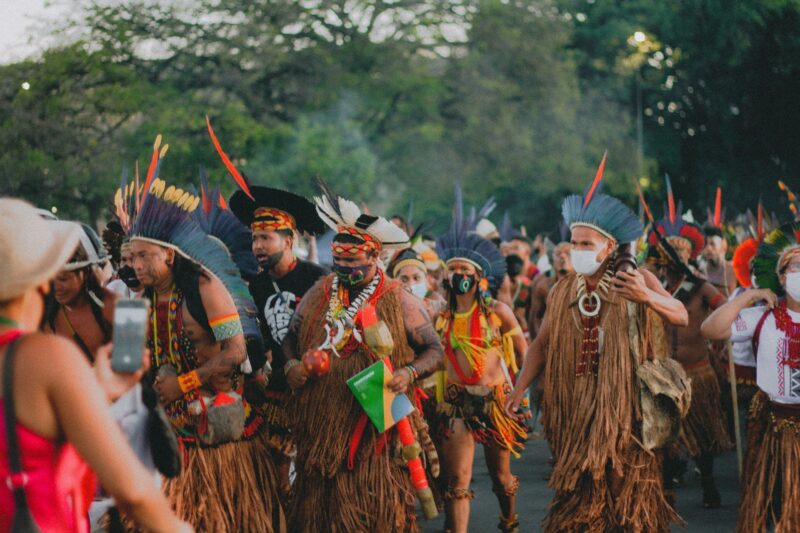
Gold & Silver Made Our Currency With Blood Money
All that silver and gold which came pouring out of the New World was mined via the blood, sweat, and tears of the Indigenous population. The wealth carved out by Spanish families, Portuguese families, British and American families was achieved on the backs of millions of enslaved Indians. Many were literally worked to death for gold and silver.
The fact that the entire Caribbean population of Indians was wiped out is devastatingly extraordinary and tells us of the brutal disregard for human life that was not white and European.
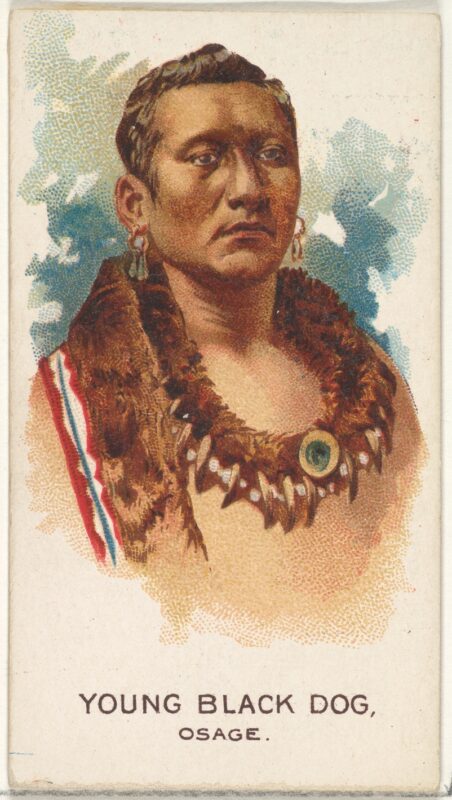
The God excuse was proffered by these violent expeditionary forces claiming that they were also doing God’s work whilst feathering their nest. Christianity has been this thin veneer stretched over brutal crimes against humanity committed over centuries. Beware the priest dressed up in robes because uniforms invariably hide the human face. The greedy human face not averse to committing gross acts of evil upon those less fortunate. Enslaving local populations of Indians is not doing God’s work. Today, many of the descendants of these Indigenous peoples remain at the bottom of the wealth ladder in countries throughout the Americas and elsewhere. In contrast the descendants of the slavers, the European families that made their riches, sit atop their societies in wealth and comfort. This is where we find ourselves. Perhaps, some of these folk bear a hereditary title or the long held respect of their communities. They are accustomed to a bit of bowing and scraping by lesser folk.
It is good to remember that in many cases evil placed these important people upon their thrones. True history has a lot to teach the world. Truth telling has only just begun.
Robert Sudha Hamilton is the author of Money Matters: Navigating Credit, Debt, and Financial Freedom.
Recommended Reading
The Other Slavery: The Uncovered Story of Indian Enslavement in America
By Andre Resendez
©MidasWord
